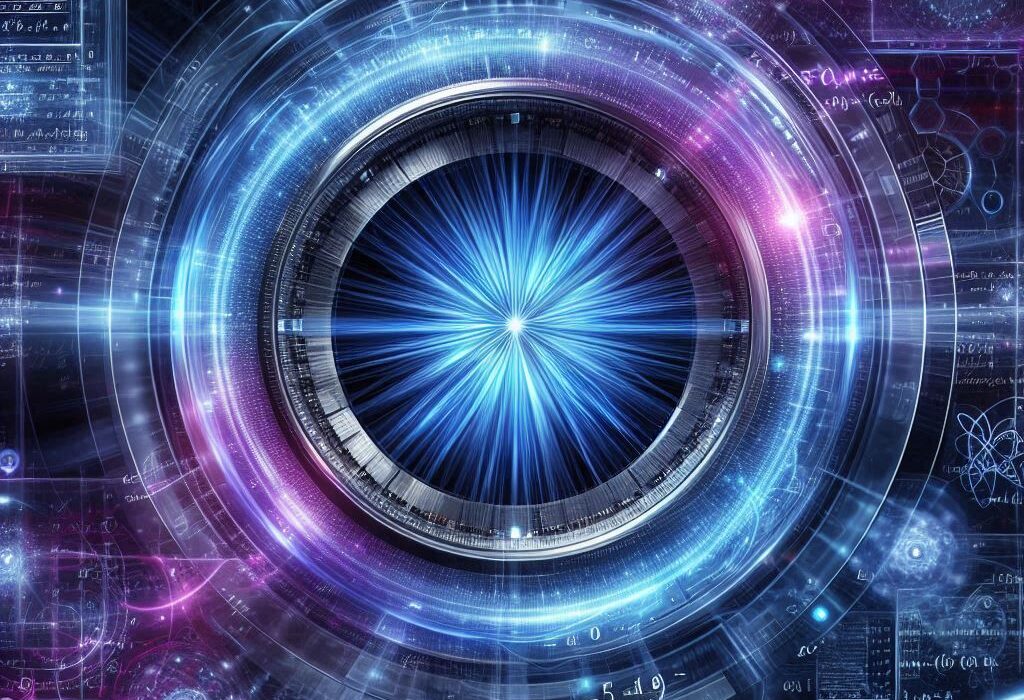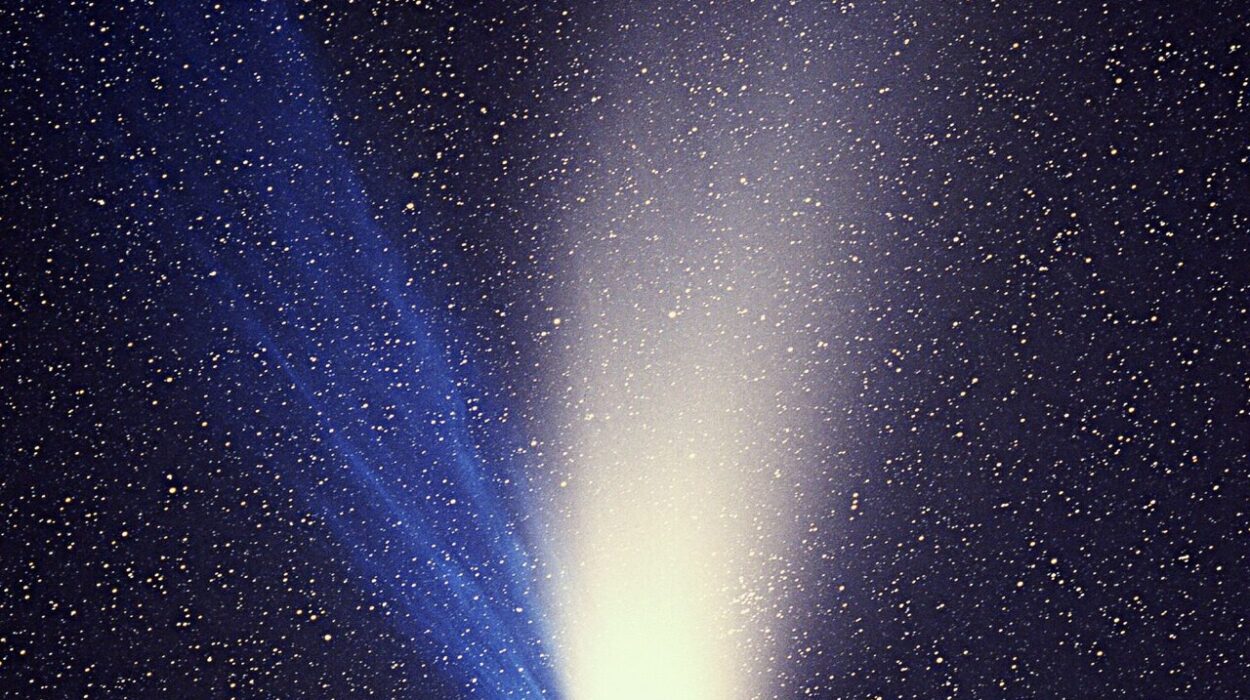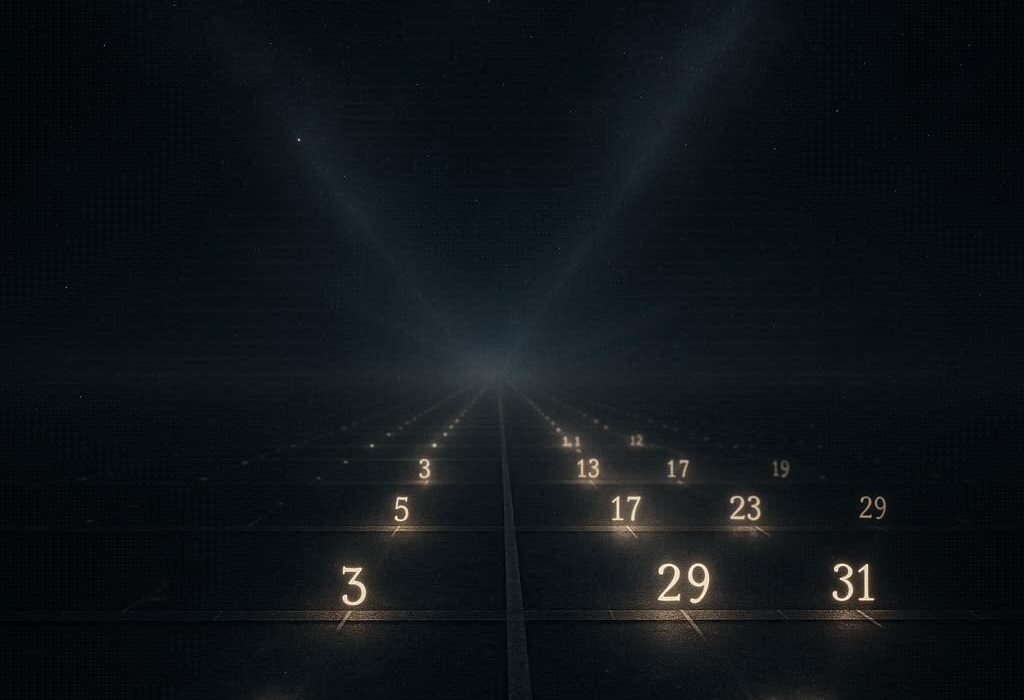For centuries, humans looked up at the night sky and believed the universe was timeless and unchanging. Stars seemed fixed, and the heavens appeared eternal. Yet in the last century, a profound revolution occurred in our understanding of the cosmos. We discovered that the universe is not static but expanding — stretching, evolving, and changing over time. This realization transformed cosmology from a philosophical idea into a quantitative science. But how do we know that the universe is expanding? What evidence supports this conclusion, and what are its deeper implications for our understanding of time, space, and reality itself?
The Birth of Modern Cosmology
To appreciate how we came to recognize the expansion of the universe, we must start with the foundations of modern cosmology. In the early twentieth century, Albert Einstein’s theory of general relativity revolutionized physics by showing that gravity is not a force acting through space but a manifestation of spacetime curvature caused by mass and energy. The geometry of the universe itself could expand, contract, or remain static, depending on the distribution of matter and energy.
Einstein initially resisted the idea of an expanding or contracting universe. He preferred a static cosmos, consistent with the prevailing belief of his time. To maintain this static balance, he introduced a term into his field equations known as the cosmological constant — a repulsive force that counteracted gravity’s pull. However, this adjustment would later prove unnecessary and even misleading, as observational evidence began to reveal that the universe was anything but static.
Around the same period, theoretical physicists such as Alexander Friedmann and Georges Lemaître began solving Einstein’s equations without forcing the universe to remain static. Their solutions indicated that the cosmos could indeed be expanding. Lemaître, a Belgian priest and astronomer, even proposed that the universe began from a single, extremely dense point — a concept that would eventually evolve into the Big Bang theory.
Yet, these ideas remained speculative until observational evidence emerged. The key breakthrough would come not from theoretical speculation but from careful astronomical observation.
The Discovery of Galactic Redshift
In the early 20th century, astronomers were beginning to catalog the light from distant galaxies using spectroscopy. A spectrum reveals how light is distributed across different wavelengths, often showing dark lines where atoms in a star’s atmosphere absorb specific frequencies. These absorption lines serve as fingerprints for chemical elements and, importantly, can shift toward longer (redder) or shorter (bluer) wavelengths depending on the motion of the source relative to the observer.
This phenomenon, known as the Doppler effect, was already well understood for sound waves. A siren moving toward you sounds higher in pitch, while one moving away sounds lower. Light behaves similarly — when an object moves away, its spectral lines shift toward the red end of the spectrum, a phenomenon called redshift.
In the 1910s and 1920s, astronomers such as Vesto Melvin Slipher at Lowell Observatory began measuring the spectra of spiral nebulae, which we now know are galaxies beyond the Milky Way. To his surprise, most of these galaxies exhibited redshifts, indicating that they were moving away from Earth. Some were receding at astonishing speeds — hundreds or even thousands of kilometers per second.
At first, this was puzzling. Why would most galaxies be moving away from us? Was Earth somehow at the center of the universe? The true explanation would soon emerge from the work of another astronomer who brought together theory and observation.
Edwin Hubble and the Expanding Universe
In 1929, Edwin Hubble published one of the most important papers in the history of astronomy. Working with data from the 100-inch telescope at Mount Wilson Observatory, Hubble measured the distances to nearby galaxies using variable stars known as Cepheids, whose intrinsic brightness could be determined by their pulsation period. When he compared these distances to Slipher’s redshift measurements, he discovered a remarkable pattern: the farther away a galaxy was, the faster it appeared to be receding.
This linear relationship — now called Hubble’s Law — revealed that velocity increases with distance. The galaxies were not simply moving through space; rather, space itself was expanding, carrying galaxies along with it. This discovery transformed our understanding of the universe. The cosmos was dynamic, stretching over time, and the galaxies were not fleeing from a central point but from each other uniformly in all directions.
The slope of the line in Hubble’s relationship defined the rate of expansion, known as the Hubble constant. Although the exact value of this constant has been refined over decades, its existence remains a cornerstone of modern cosmology.
Hubble’s discovery was not just a triumph of observation but a fundamental shift in worldview. It provided direct empirical evidence that space itself is expanding, confirming the predictions of Friedmann and Lemaître. The static universe was gone forever; in its place stood an evolving cosmos with a finite past.
The Cosmic Redshift as a Measure of Expansion
To fully understand the expansion of the universe, it is essential to grasp what redshift truly means in a cosmological context. When we observe a galaxy’s light stretched toward longer wavelengths, it is not merely because the galaxy is moving away through space — it is because the very fabric of space is expanding.
In general relativity, galaxies are not propelled outward by some force; rather, they are carried along by the expansion of spacetime itself. Imagine drawing dots on a balloon and then inflating it. The dots (galaxies) do not move across the balloon’s surface, but the surface itself expands, increasing the distance between all dots simultaneously. Every observer on the balloon would see all other dots receding, just as we observe galaxies moving away from Earth.
This interpretation explains why the expansion appears uniform and isotropic — it looks the same in all directions and from all locations. The universe has no true center or edge in this model; expansion occurs everywhere equally.
Mathematically, the cosmological redshift is described by the scale factor of the universe, denoted as “a(t).” The redshift “z” is related to this scale factor by the equation 1 + z = 1/a(tₑ), where tₑ is the time of emission. Thus, the observed stretching of light directly encodes the history of cosmic expansion.
The farther a galaxy is, the longer its light has traveled, and the greater its redshift. In effect, when we observe distant galaxies, we are looking back in time, witnessing earlier stages of the universe’s expansion.
The Cosmic Microwave Background as Ancient Evidence
While Hubble’s discovery revealed the expansion of the universe in the present, the most powerful confirmation of an expanding cosmos comes from its ancient past — the cosmic microwave background (CMB).
In the 1940s, theoretical physicists George Gamow, Ralph Alpher, and Robert Herman proposed that if the universe began in a hot, dense state, it should have once been filled with intense radiation. As the universe expanded and cooled, that radiation would stretch into longer wavelengths, eventually becoming faint microwave light filling all of space.
This prediction was spectacularly confirmed in 1965 when Arno Penzias and Robert Wilson, using a radio antenna at Bell Labs, accidentally discovered a persistent background hiss that could not be attributed to any local source. This signal matched the predicted temperature — about 2.7 Kelvin above absolute zero — of the ancient radiation from the early universe.
The cosmic microwave background is a snapshot of the universe about 380,000 years after the Big Bang, when matter and radiation decoupled, and photons could travel freely through space. The uniformity and faint variations in the CMB’s temperature across the sky provide a direct record of the universe’s early conditions and confirm that it has expanded and cooled over billions of years.
Precise measurements from satellites such as COBE, WMAP, and Planck have refined our understanding of the CMB, confirming that it fits perfectly with an expanding universe that originated from a hot, dense state. The expansion is not a conjecture — it is encoded in the very fabric of the sky.
The Role of Relativity and Spacetime Geometry
The expansion of the universe cannot be properly understood without general relativity. Unlike Newtonian physics, which describes gravity as a force between masses, Einstein’s framework treats gravity as geometry. Massive objects curve spacetime, and the shape of that curvature determines how objects move.
The equations of general relativity permit cosmological solutions that describe an expanding or contracting universe. The simplest model that fits our observations is the Friedmann–Lemaître–Robertson–Walker (FLRW) metric, which assumes that the universe is homogeneous and isotropic on large scales. In this model, the scale factor a(t) describes how distances between galaxies change over time.
Einstein’s equations, when applied to the universe as a whole, yield the Friedmann equations. These relate the expansion rate (the Hubble parameter) to the density of matter, radiation, and dark energy. Depending on these parameters, the universe could expand forever, slow and collapse in a “Big Crunch,” or approach a steady rate.
Modern observations indicate that the universe’s expansion is not slowing as once expected but accelerating, driven by a mysterious component called dark energy. This revelation adds another layer of complexity to our understanding of expansion — and another confirmation that the universe’s scale is dynamic and changing.
Observing Expansion Across Cosmic Time
One of the most striking aspects of the expanding universe is that we can observe its history directly. Because light takes time to travel, looking farther into space means looking farther back in time. By measuring redshifts and luminosity distances, astronomers construct a timeline of cosmic expansion.
Galaxies at moderate redshifts show slower recession velocities compared to those much farther away, implying that the universe’s expansion rate has changed over time. Early in its history, gravity from matter dominated, slowing the expansion. In the last few billion years, however, dark energy has taken over, causing the expansion to accelerate.
Observations of distant Type Ia supernovae — stellar explosions that serve as standard candles due to their consistent brightness — provided the key evidence for this acceleration in the late 1990s. Teams led by Saul Perlmutter, Brian Schmidt, and Adam Riess measured the brightness and redshifts of supernovae in distant galaxies and found they were dimmer than expected, implying that the universe’s expansion was speeding up. This discovery earned them the 2011 Nobel Prize in Physics and forever altered our cosmic perspective.
Large-Scale Structure and the Echo of Expansion
The universe’s structure also bears the signature of expansion. Galaxies are not randomly scattered but arranged in vast filaments, walls, and voids — an intricate cosmic web shaped by gravitational evolution. The scale of these structures reflects how matter has clumped together over billions of years, influenced by the expanding background of space.
Subtle patterns known as baryon acoustic oscillations (BAO) — relic sound waves from the early universe — provide a standard ruler for measuring cosmic distances. These imprints, observed in the distribution of galaxies, confirm the expansion history derived from other evidence and match predictions from the CMB.
Together, redshifts, supernovae, and large-scale structure weave a consistent narrative: the universe began small, hot, and dense, and has been expanding and cooling ever since.
The Big Bang as the Logical Consequence of Expansion
The discovery of cosmic expansion inevitably leads to the question of origins. If galaxies are moving apart today, then in the past they must have been closer together. Extrapolating backward in time suggests that the universe once occupied an extremely dense, hot state — the moment we call the Big Bang.
The Big Bang was not an explosion in space but an expansion of space itself. Every point in the universe was once compressed into a high-energy plasma, and as expansion began, energy condensed into particles, atoms, and eventually stars and galaxies. The cosmic microwave background is the afterglow of this primordial epoch.
The Big Bang theory elegantly explains not only expansion but also the abundance of light elements like hydrogen and helium, produced through nuclear reactions in the first minutes of the universe’s existence. These predictions have been confirmed through precise observations, solidifying the model as the most successful description of cosmic origins.
The Role of Dark Energy in the Modern Universe
While the early universe expanded under the influence of radiation and matter, today a different component dominates the cosmic balance — dark energy. Discovered indirectly through supernova observations, dark energy acts as a repulsive force that accelerates the universe’s expansion.
Current cosmological data suggest that dark energy constitutes about 68 percent of the total energy density of the universe, with dark matter making up roughly 27 percent and normal matter just 5 percent. The nature of dark energy remains one of the deepest mysteries in physics. It could be a cosmological constant, as Einstein once proposed, or a dynamic field that evolves over time.
Regardless of its exact form, dark energy ensures that the expansion of the universe will continue indefinitely, leading to a future where galaxies recede beyond visibility and the cosmos grows ever colder and emptier.
Measuring the Hubble Constant and the Cosmic Tension
Even though the universe’s expansion is well established, determining its precise rate — the Hubble constant — has proven surprisingly challenging. Two primary methods yield slightly different values, leading to what cosmologists call the “Hubble tension.”
One approach measures nearby galaxies and supernovae directly, providing a local estimate of the expansion rate. Another method uses the cosmic microwave background to infer the expansion based on conditions in the early universe. The two results differ by about 5–10 percent, a discrepancy significant enough to suggest either measurement errors or new physics beyond the standard cosmological model.
Resolving this tension could unveil deeper truths about dark energy, cosmic inflation, or the fundamental nature of space and time itself. The pursuit of this answer continues to drive observational and theoretical cosmology forward.
The Implications of an Expanding Universe
The discovery that the universe is expanding carries profound implications. It implies that the cosmos has a finite age, estimated at about 13.8 billion years. Time itself has a beginning, marking the transition from nothingness to something — from potential to existence.
It also means that the universe is dynamic, not a static backdrop but a participant in cosmic evolution. Galaxies form, merge, and disperse within a continuously changing spacetime fabric. The laws of physics govern not only motion within the universe but the very evolution of the universe itself.
On a philosophical level, the expanding universe challenges humanity’s place in the cosmos. It reveals that we are part of an unfolding story, a moment in an ever-growing continuum. Every atom in our bodies was forged in the nuclear furnaces of stars that themselves emerged from the expanding aftermath of the Big Bang.
Looking Ahead: The Fate of Expansion
If the universe is expanding, what will its ultimate fate be? The answer depends on the balance between gravity, matter, and dark energy.
If dark energy remains constant or strengthens, expansion will continue indefinitely. Galaxies will drift apart, stars will exhaust their fuel, and the universe will approach a “heat death” — a state of maximum entropy where no thermodynamic work is possible. This scenario, known as the Big Freeze, represents the most likely outcome according to current evidence.
Alternatively, if dark energy changes over time, more exotic futures are possible. A weakening dark energy could allow gravity to halt expansion and trigger a cosmic contraction — a “Big Crunch.” Conversely, an increasing dark energy density might tear apart galaxies, stars, and even atoms in a cataclysmic “Big Rip.”
Each of these outcomes stems from the same fundamental truth: the universe is expanding, and its destiny is governed by that expansion’s nature.
Expansion and the Limits of Observation
Because space itself expands, there are limits to what we can observe. Beyond a certain distance, galaxies recede faster than light relative to us due to the expansion of space, not because they are moving through space faster than light. Their light will never reach us, rendering parts of the universe permanently inaccessible.
This defines the cosmic horizon — the ultimate boundary of observation. Beyond it lies a vast realm forever hidden from view. Yet even within this horizon, the expansion ensures that our observable universe is a fleeting moment in a much larger and evolving reality.
Expansion as a Window into the Nature of Reality
The expanding universe is not merely a cosmological curiosity; it touches the deepest questions about existence. Space and time are not static containers but dynamic entities that evolve. The very notion of distance and duration depends on the universe’s expansion.
Furthermore, the expansion raises profound questions about the origin of physical laws. If the universe had a beginning, did the laws of physics emerge with it? What determined the initial conditions that allowed expansion to occur?
These questions bridge physics, philosophy, and metaphysics, pushing the limits of human understanding. They remind us that to study the universe’s expansion is to confront the mystery of creation itself.
Conclusion
We know the universe is expanding because light from distant galaxies carries the unmistakable imprint of that expansion — a redshift that increases with distance. This observation, confirmed by the cosmic microwave background, supernovae, and the large-scale structure of the cosmos, paints a coherent picture of a dynamic, evolving universe born in a hot, dense beginning and stretching ever outward.
The expansion of the universe is more than a scientific fact; it is a revelation about the nature of reality. It tells us that space and time themselves are fluid, that creation is an ongoing process, and that we inhabit a cosmos whose story is still unfolding.
Every photon we observe from the distant past, every faint echo of the cosmic microwave background, every galaxy drifting away, testifies to a simple yet profound truth: the universe is expanding — and with it, the horizon of human understanding expands as well.






